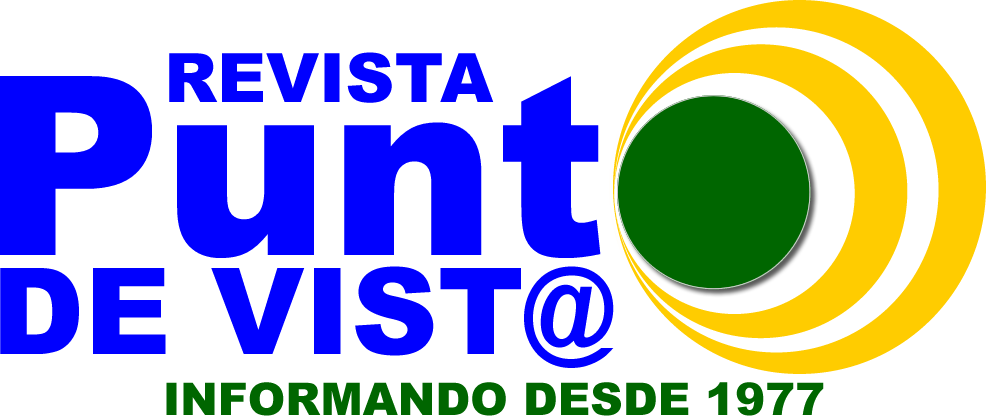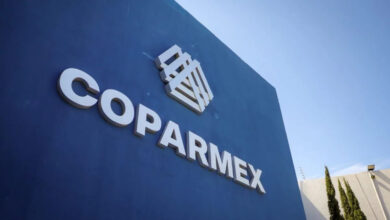
Content
In other words, it’s the value of what the company owns minus what it owes . Most of the companies included in the top indexes, such as the S&P 500, the Dow Jones Industrial Average, and the Nasdaq Composite, have a market value that exceeds their book value. This is because the market, and especially growth investors, puts value on these companies’ growth and earning potential. However, if a company’s market value wildly exceeds its book value, it may indicate that the company is overvalued. Book value on its own doesn’t give you a lot of data about the real value and potential return of a company.
- It’s used to calculate the valuation of a company based on its assets and liabilities.
- Book value, or net book value, is the term used to describe how much a business or asset is worth according to its financials.
- While market cap represents the market perception of a company’s valuation, it may not necessarily represent the real picture.
- This means it can be useful when trying to learn more about a company or find stocks at a fair price.
Creditors who provide the necessary capital to the business are more interested in the company’s asset value. Therefore, creditors use book value to determine how much capital to lend to the company since assets make good collateral. The book valuation can also help to determine a company’s ability to pay back a loan over a given time. Companies with lots of real estate, machinery, inventory, and equipment tend to have large book values. In contrast, gaming companies, consultancies, fashion designers, and trading firms may have very little. They mainly rely on human capital, which is a measure of the economic value of an employee’s skill set.
Shareholders Equity Example: Apple (AAPL) Balance Sheet
As implied by the name, the “book” value of equity represents the value of a company’s equity according to its books (i.e. the company’s financial statements, and in particular, the balance sheet). Accounting principles, “book value” has a standard definition, namely a company’s assets over its liabilities. We start by calculating Company X’s book value, by subtracting $2 billion from $3 billion to get a book value of $1 billion. Dividing that $1 billion by the 100 million outstanding shares gives us a per-share book value of $10. Finally, we divide the current share price of $15 by that $10 to reach a price-to-book multiple of 1.5. For example, many bank stocks have extremely inconsistent earnings, so the P/B ratio can give a clearer picture of the relative value of these companies.
Is book value the same as equity?
No, the equity value, or market value, of a company is calculated by multiplying its share price by the number of shares outstanding, whereas the book value is the difference between a company’s assets and its liabilities.
Total liabilities include items like debt obligations, accounts payable, and deferred taxes. Book Value means, with respect to any Asset and any Liability Assumed, the dollar amount thereof stated on the Accounting Records of the Failed Bank. For Shared-Loss Securities, Book Value means the value of the security provided in the Information Package. A company’s book value is a measure of its worth if it were liquidated today — the sum of its total assets, whats book value minus its intangible assets and all liabilities. One can calculate book value by subtractinga company’s total liabilities from the total tangible assets. To calculate BVPS, individuals must divide the shareholders’ equity by the total number of outstanding shares. Monthly or annual depreciation, amortization and depletion are used to reduce the book value of assets over time as they are “consumed” or used up in the process of obtaining revenue.
Book Value vs. Market Value
Market value is important because it gives you a good idea of a company’s market popularity. This information can be helpful in assessing a company’s future prospects. Some sites also list this as a single figure, called the price-to book ratio. Let’s dive more deeply into book value, how it’s calculated, and its significance. Investors use book value to help them judge if a company’s stock is overpriced or underpriced. Insider’s experts choose the best products and services to help make smart decisions with your money (here’s how). In some cases, we receive a commission from our partners, however, our opinions are our own.
An asset’s book value is equal to its carrying value on the balance sheet, and companies calculate it by netting the asset against its accumulated depreciation. On the other hand, investors and traders are more interested in buying or selling a stock at a fair price. When used together, market value and book value can help investors determine whether a stock is fairly valued, overvalued, or undervalued.
Price-to-Book Ratio
The price-to-book ratio is another name for the price per book value. For example, a company has a P/B of one when the book valuation and market valuation are equal.
Is book value same as equity?
The equity value of a company is not the same as its book value. It is calculated by multiplying a company's share price by its number of shares outstanding, whereas book value or shareholders' equity is simply the difference between a company's assets and liabilities.
Investors are likely to see this as a stock that has been undervalued. The first company has a book value per share of $10 and a market price of $50 per share.












